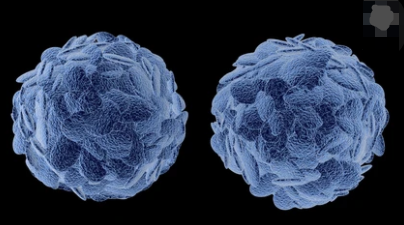
Fri, 2020/10/09
Research Reveals Drug Targets for Malignant Prostate Cancer
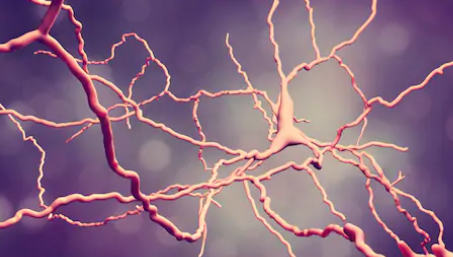
Fri, 2020/10/09
STING Is Involved in the Occurrence of Motor Neurological Diseases
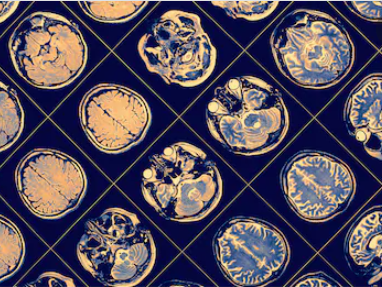
Fri, 2020/10/09
Research Reveals Cross-species Transmission of Primate Lentivirus

Mon, 2020/09/14
New Treatment for KRAS Mutant Lung Cancer

Mon, 2020/09/14
New Regulation Mechanism of Interferon Signaling Pathway
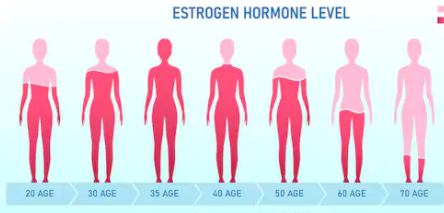
Sat, 2020/08/15
Identify a Key Protein that Can Regulate the Female Body's Estrogen Cycle - RSK2
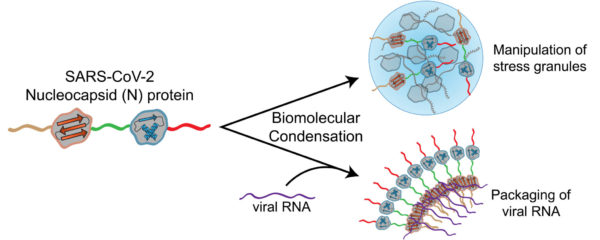
Fri, 2020/08/14
A Special Protein May Help SARS-CoV-2 to Spread Rapidly in Host Cells!

Thu, 2020/07/23
The Use of Activin/GDF Fusion Protein Is Expected to Treat Pulmonary Hypertension
